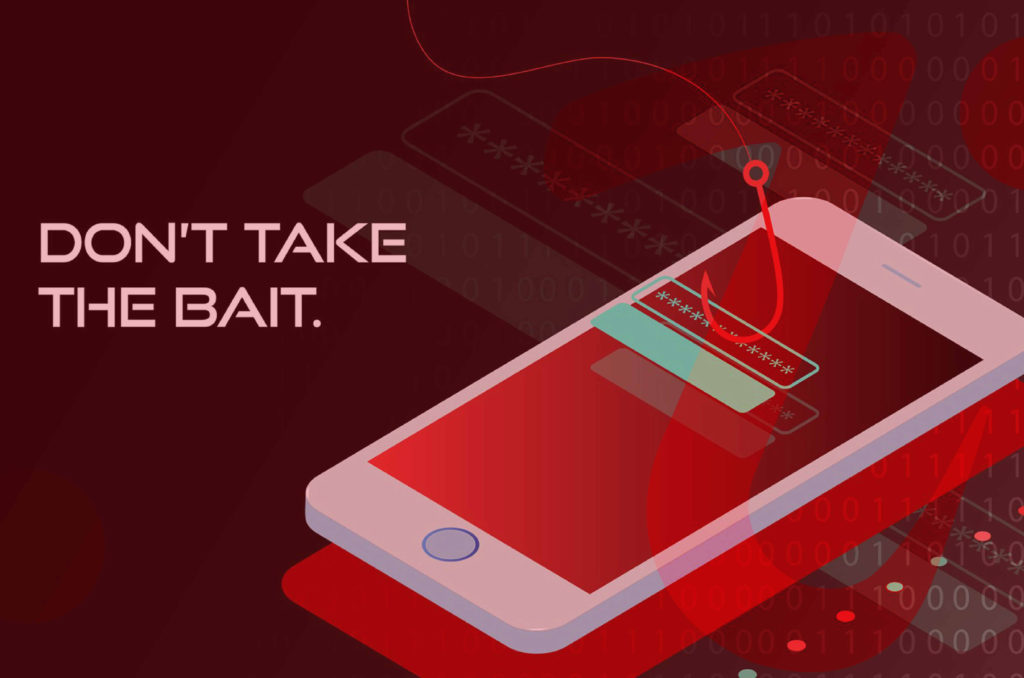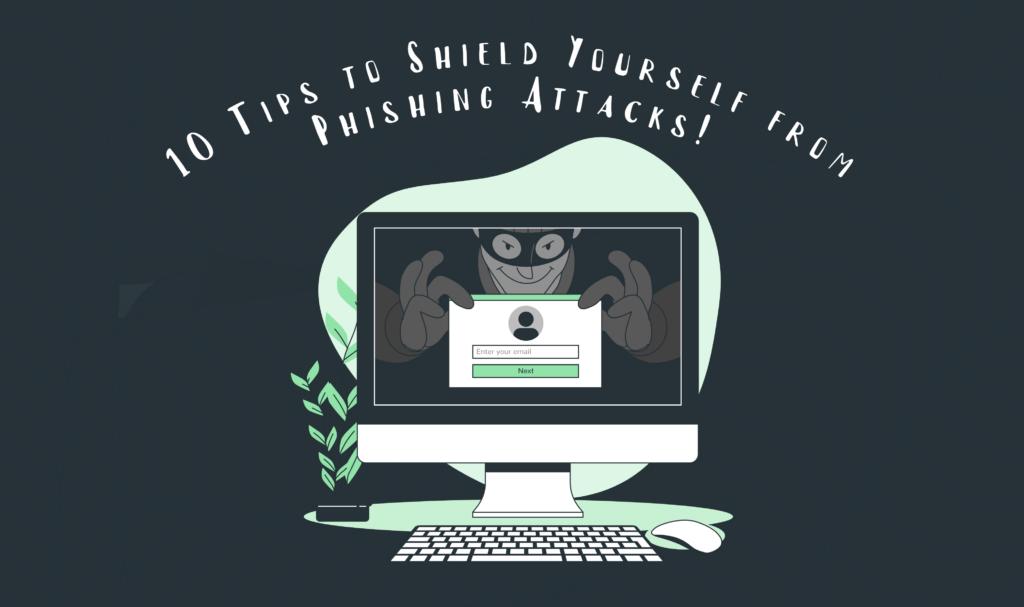10 tips to be safe from phishing attacks!

Phishing is a dangerous technique used by hackers to steal confidential information, such as passwords and personal data, by tricking users into thinking they are a trusted source. While phishing attacks have historically been launched through emails, the widespread use of social media networks and smartphones has led to the multiplication of these attacks. As a result, it’s crucial to take necessary precautions to protect yourself from becoming a victim of phishing attacks. Learn more about types of phishing attacks
Tips to Prevent Phishing Attacks

- Learn to Identify Suspected Phishing Emails: Phishing attack emails often have qualities that indicate an attack, such as duplicating the image of a real company or including visually similar sites.
- Check the Source of Information From Incoming Mail: Banks will never ask for passwords or personal information via email. Always call your bank directly for clarification.
- Never Go to Your Bank’s Website by Clicking on Links Included in Emails: When it comes to navigating websites and protecting yourself from phishing attacks, it is always safer to type the URL directly into your browser or utilize bookmarks/favorites for quicker access. By doing so, you minimize the risk of falling victim to fraudulent websites designed to deceive you into disclosing sensitive information.
Enhance the Security of Your Computer: Ensuring the security of your computer is best at safeguarding against various online threats, including phishing attacks. One essential step is to equip your system with reliable antivirus software, which can detect and neutralize malware, including phishing attempts.
Enter Your Sensitive Data in Secure Websites Only: A site should begin with ‘https://’ and your browser should show an icon of a closed lock.
Periodically Check Your Accounts: Check your bank accounts periodically to be aware of any irregularities in your online transactions.
- Phishing Doesn’t Only Pertain to Online Banking: Phishing attacks can occur on any popular website, such as eBay, Facebook, or PayPal, to steal personal data.
Phishing Knows All Languages: Phishing attacks can be written in any language, but they are often poorly written or translated.
Have the Slightest Doubt, Do Not Risk It: Reject any email or news that asks you to provide confidential data. Delete these emails and call your bank to clarify any doubts.
- Use DMARC: DMARC is a protocol that can help enhance the security of email communications by verifying that they are sent from a legitimate source.
By following these tips and implementing DMARC, you can significantly reduce your risk of becoming a victim of phishing attacks. Stay vigilant and protect your personal data.
Conclusion
Phishing attacks pose a substantial threat to the security of personal and confidential information, making it imperative to develop the skills necessary to identify these deceitful schemes and take proactive measures to avoid falling victim to them. Using DMARC (Domain-based Message Authentication, Reporting, and Conformance) can also enhance the security of your email communications and provide additional protection against phishing attacks. Remember to always be cautious and verify the authenticity of any email or website before entering your personal information. Stay safe online!






